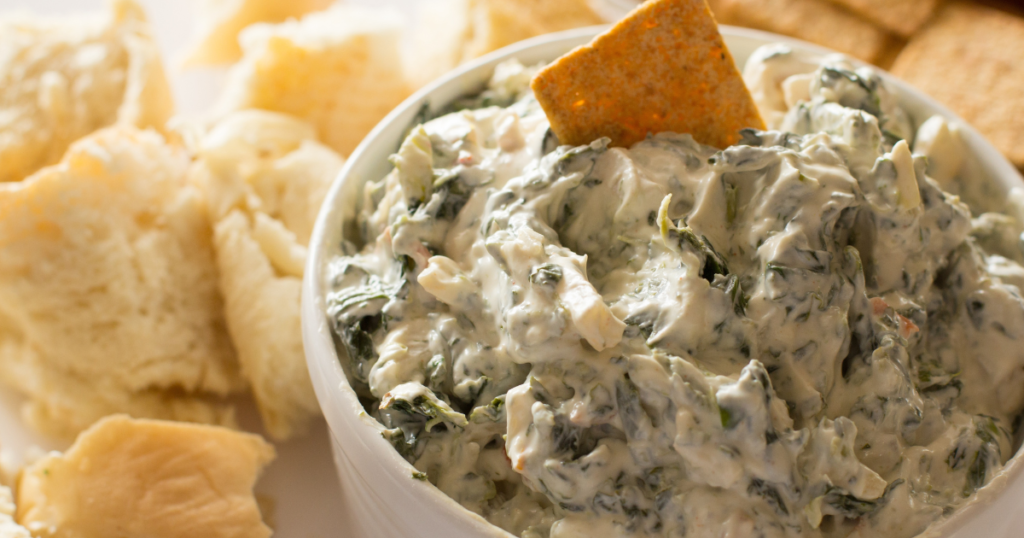When it comes to crafting the perfect salad, the choice of ingredients plays a pivotal role in determining its taste and appeal. Among these essential elements, the selection of the right cheese can elevate your salad to a whole new level. In this gastronomic journey, we explore the best cheeses for salads that not only tantalize your taste buds but also bring a symphony of flavors to your plate.
A Guide to the Best Cheeses for Salads :-
Feta: The Classic Greek Touch
Feta stands as a timeless choice for salad enthusiasts. Originating from Greece, this cheese has a crumbly texture and tangy taste that effortlessly complements fresh vegetables. Not only does it add a burst of flavor, but it’s also a lower-calorie option, with about 75 calories per ounce. Additionally, it provides a good dose of calcium and protein, contributing to the nutritional value of your salad.
Gouda: A Creamy Dutch Delight
For those seeking a creamier note, Gouda steps into the limelight. Hailing from the Netherlands, Gouda’s mild, nutty flavor adds a luxurious touch to salads. Sliced or grated, this cheese pairs well with a variety of greens, providing a smooth, velvety texture that harmonizes with other ingredients. While it’s a bit higher in calories, around 110 calories per ounce, it brings a rich source of vitamin K2 and calcium to the table.
Blue Cheese: Bold and Flavorful
Blue cheese emerges as a bold choice for a more adventurous palate. Its distinctive tang and creamy texture make it a standout in salads. Whether crumbled over a bed of mixed greens or tossed into a pear and walnut salad, blue cheese introduces a unique character that leaves a lasting impression. Be mindful of the portion size due to its higher calorie content, approximately 100 calories per ounce. However, it provides essential nutrients like vitamin B12 and phosphorus.
Goat Cheese: A Delicate Tang
Known for its distinct tangy profile, goat cheese offers a lighter alternative without compromising on flavor. Its creamy texture and earthy undertones make it a fantastic addition to salads featuring berries, beets, or even a simple arugula mix. With around 100 calories per ounce, goat cheese is a good source of protein, healthy fats, and essential minerals like calcium and phosphorus.
Parmesan: A Timeless Classic
No list of best cheeses for salads would be complete without mentioning the ever-reliable Parmesan. With its sharp and salty taste, Parmesan effortlessly enhances the savory elements of salads. Whether shaved over a Caesar salad or grated onto a tomato and basil mix, this Italian cheese remains a timeless classic. It’s relatively low in calories, approximately 110 calories per ounce, and provides a significant dose of calcium and protein.
Cheddar: Sharp and Versatile
Cheddar, with its sharp and robust flavor, brings a hearty dimension to salads. Whether it’s a garden salad, taco salad, or even a grilled chicken salad, cheddar’s versatility makes it a go-to choice. Grate it, cube it, or melt it—cheddar effortlessly adapts to various salad compositions. Keep in mind its higher calorie content, around 115 calories per ounce, but benefit from its richness in calcium and vitamin D.
Mozzarella: A Fresh and Light Option
For those craving a lighter touch, mozzarella steps in as the quintessential choice. Known for its mild flavor and delicate texture, mozzarella complements salads with tomatoes, basil, and balsamic glaze. The classic Caprese salad is a testament to the harmonious marriage of these ingredients. With approximately 80 calories per ounce, mozzarella offers a good source of protein and calcium.
Swiss Cheese: Nutty Elegance
Swiss cheese, with its nutty and sweet notes, adds an elegant touch to salads. The distinctive holes in Swiss cheese create a visually appealing element, making it an excellent choice for salads with a focus on presentation. Combine it with fruits, nuts, and a honey-mustard dressing for a delightful culinary experience. Swiss cheese provides around 110 calories per ounce and is rich in protein, calcium, and vitamin B12.
Monterey Jack: The Spicy Twist
For those seeking a bit of heat, Monterey Jack steps up with its mild spiciness. Ideal for Mexican-inspired salads or those featuring grilled vegetables, this cheese introduces a zesty kick that elevates the overall flavor profile. It contains approximately 100 calories per ounce, offering a good source of calcium and protein.
Smoked Gouda: A Smoky Indulgence
Adding a touch of sophistication, smoked Gouda brings a smoky dimension to salads. Its rich and robust flavor pairs exceptionally well with ingredients like bacon, apples, or roasted vegetables. Incorporating smoked Gouda transforms a simple salad into a gourmet delight. With around 100 calories per ounce, it contributes to the salad’s overall taste while providing protein and calcium.
Gruyère: Complex and Aromatic
Originating from Switzerland, Gruyère boasts a complex flavor profile with nutty and fruity undertones. Ideal for salads with a mix of greens, fruits, and nuts, Gruyère adds an aromatic depth that lingers on the palate. While it has a higher calorie content, approximately 120 calories per ounce, it offers valuable nutrients such as calcium, protein, and vitamin A.
The Art of Salad Making
Salads are a canvas of vibrant colors, textures, and flavors. Beyond just being a side dish, salads have evolved into full-fledged culinary creations. From crisp greens to juicy fruits, nuts, and proteins, the possibilities are endless. A well-balanced salad not only provides a burst of nutrition but also offers a delightful eating experience.
Greens Galore
The foundation of any salad lies in its greens. From the classic romaine lettuce to peppery arugula and nutrient-packed kale, each green brings its unique character to the salad bowl. Mixing various greens not only adds visual appeal but also diversifies the nutritional content.
The Power of Proteins
Proteins play a crucial role in making a salad satisfying and filling. Grilled chicken, shrimp, tofu, or even beans can be excellent sources of protein. Combining protein with cheese adds another layer of richness and flavor, making the salad a well-rounded meal.
Burst of Colorful Vegetables
Adding a variety of colorful vegetables not only enhances the visual appeal but also introduces a spectrum of vitamins and minerals. Tomatoes, bell peppers, carrots, and cucumbers contribute not only to the taste but also to the nutritional value of the salad.
Fruits for Sweetness
Incorporating fruits into salads brings a natural sweetness and a refreshing touch. Berries, apples, pears, or citrus fruits can complement the savory elements and provide a burst of vitamins and antioxidants.
The Crunch Factor
Nuts, seeds, and croutons contribute to the crunch factor, introducing a satisfying texture contrast to the leafy greens and softer ingredients. Almonds, walnuts, sunflower seeds, or homemade croutons can add a delightful crunch to every bite.
Dressings: The Flavor Binders
Dressings tie the salad together, infusing it with flavor and tying together the diverse elements. From classic vinaigrettes to creamy ranch or zesty citrus dressings, the right choice enhances the overall taste without overpowering the individual ingredients.
Conclusion
In the realm of salad-making, the choice of cheese serves as a crucial element in achieving a harmonious and delightful culinary experience. Whether you opt for the tangy notes of feta, the creamy allure of Gouda, or the boldness of blue cheese, each selection brings a unique personality to your salad bowl.
Experiment, mix, and match to discover your perfect combination, and let the world of cheese-infused salads open up new dimensions of flavor for your palate. Elevate your salad game with best cheeses for salads, and relish the art of creating a symphony of tastes on your plate.














